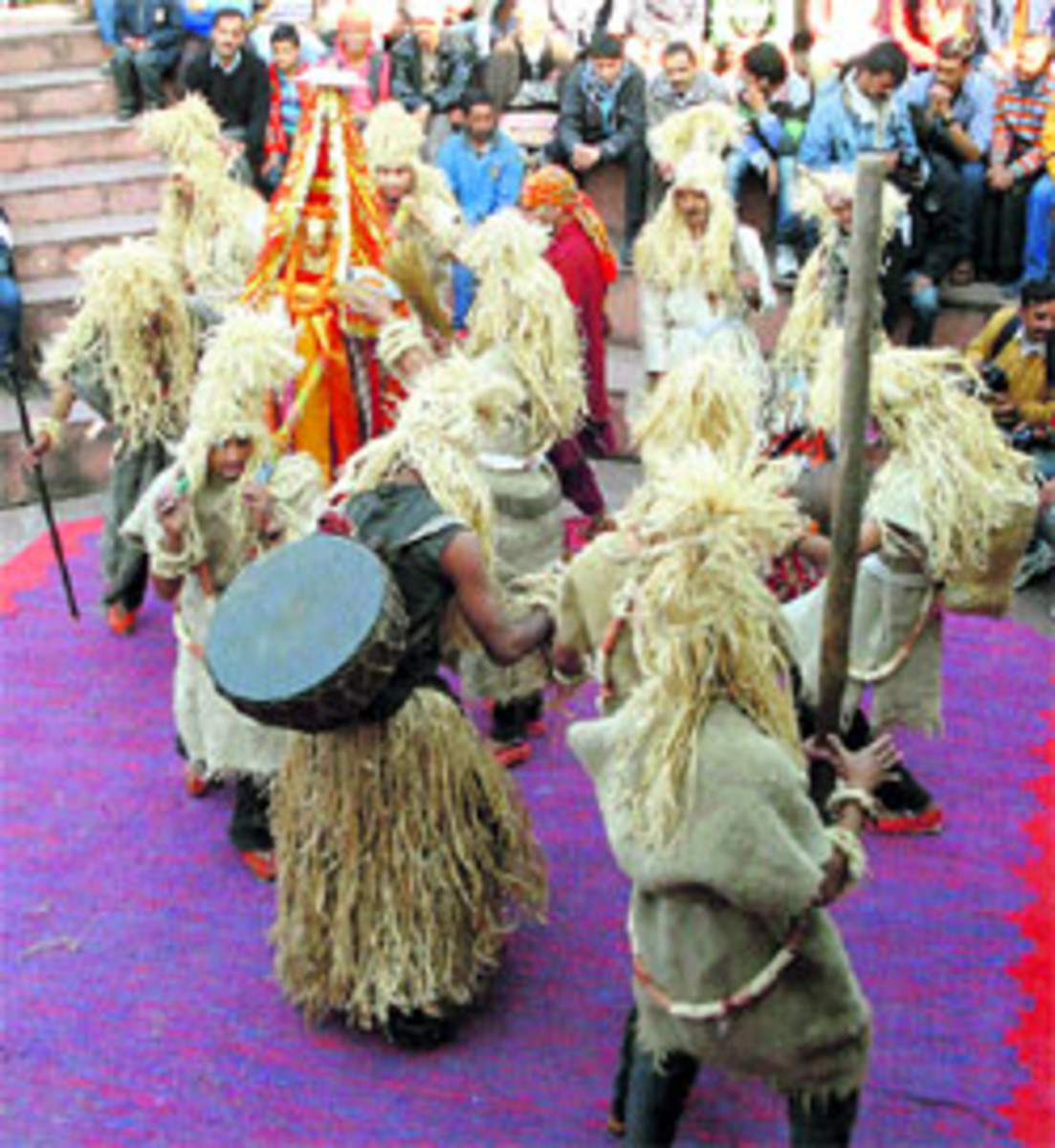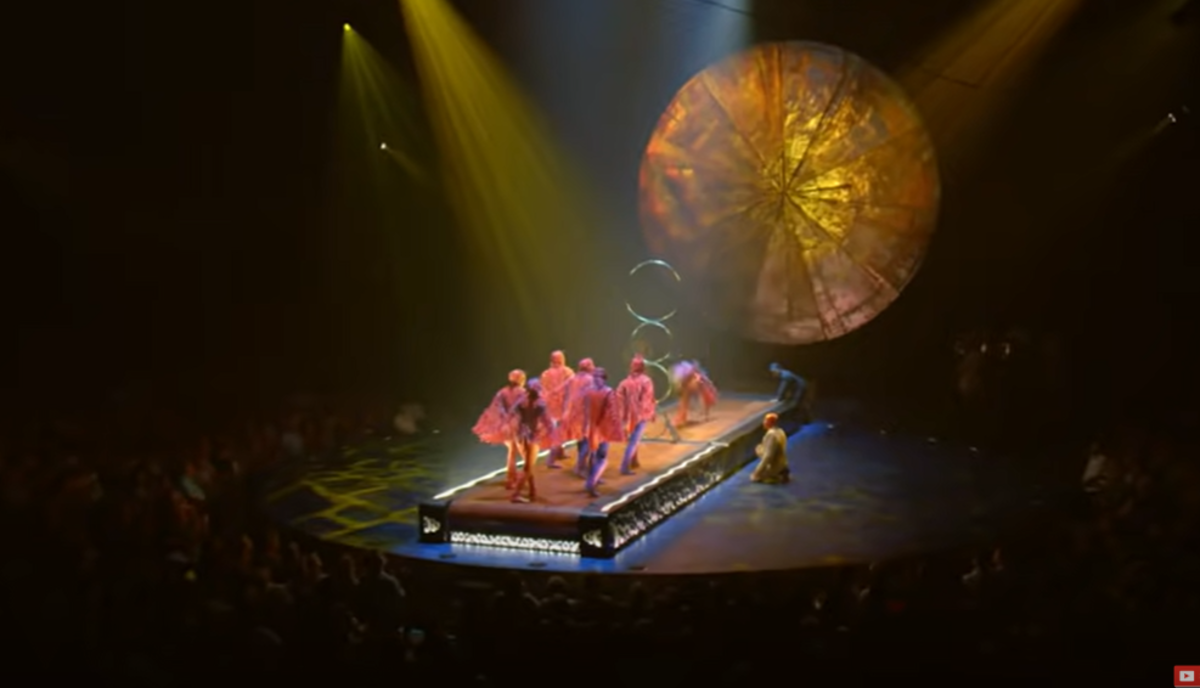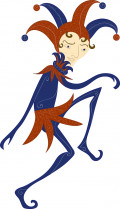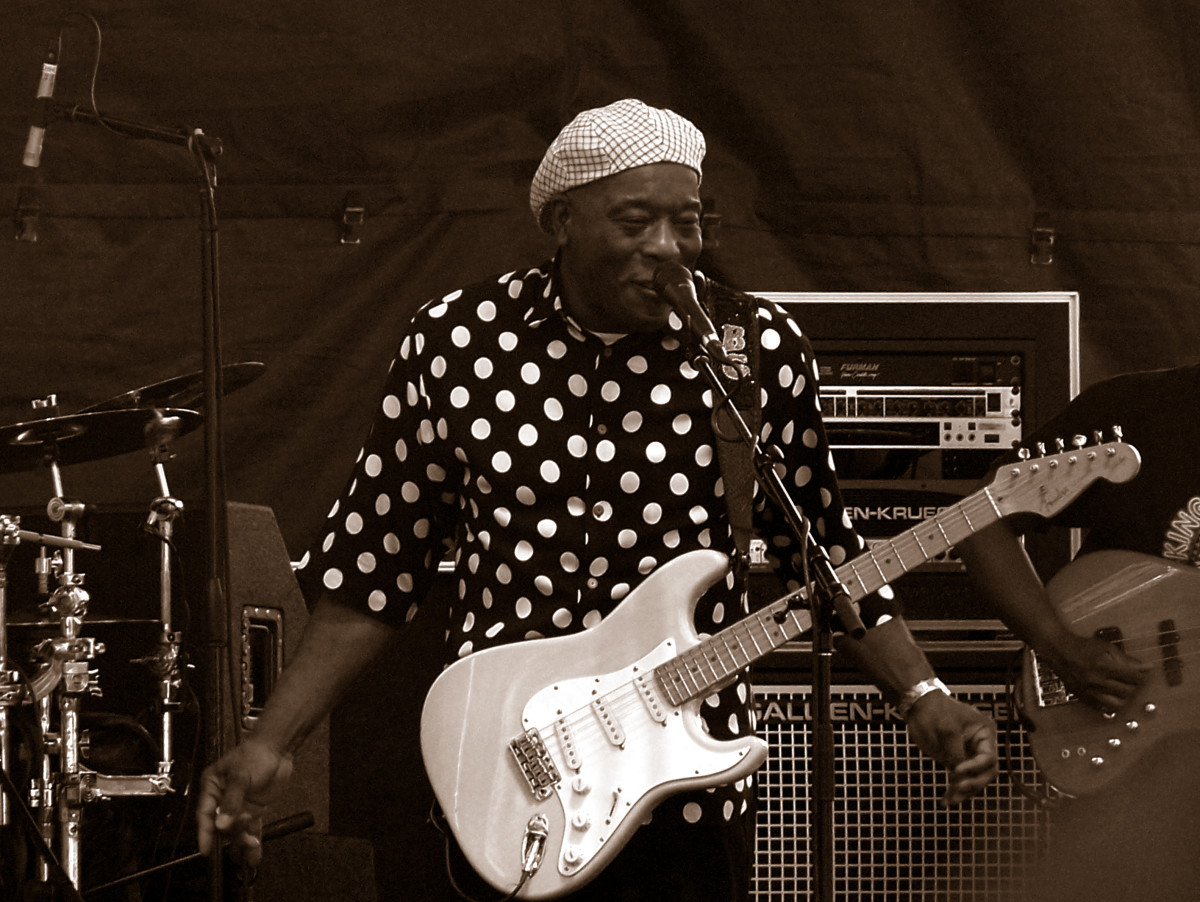Book Review (part seven) of Roselee Goldberg's "Performance: Live Art since 1960".
In the final chapter of "Performance: Live Art since 1960", entitled "video, rock n' roll, the spoken word", Roselee Goldberg discusses performance art in context with this trinity. As in the other chapters her research takes the reader to many different countries, performers and events, though there is a heavier focus on New York city and it's venues than there has been in the previous chapters. Only so much ground can be covered in 3 pages of text and a dozen or so pages of photographs and sidebars; and Roselee Goldberg makes the most of it!
Video became a reality for some artists as early as 1964, like Nam June Paik, with preproduction releases of Sony's Portapak (a hand held video camcorder); and more generally in 1967 when the Portapak became widely available. We find in Roselee Goldberg's book artists who incorporate video into life sized human sculptures (as does Tony Oursler in "I Can't Hear You" from 1995, where limp cloth swatches stood in for clothes and the life size head alone was projected video); performances where video was incorporated with the performer (as Mona Hatoum's "Pull"; you could pull the artist's braided hair and watch her reaction on a video monitor); and artists (like Paul McCarthy) who used video to create or rifine a performance art aesthetic. Paul McCarthy used 10 years worth of props to enliven his videos, which have a spontaneous feeling to them. Perhaps the most outrageous performer documented is Jack Smith; whose work "Flaming Creatures" was confiscated by the New York City police as "obscene". Roselee Goldberg's book "Performance: LIve Art since 1960" is not concerned with video art; that is another topic altogether.
The confluence of performance art and music is perhaps best known in the music of The Velvet Underground; which flourished in the Newy York City underground. "Performance: Live Art since 1960" makes the point that it is in places like Andy Warhol's Factory; or The Kitchen (also in New York); as well as in galleries and night clubs, that the performance art scene is nourished. You probably want an audience if you are a performance artist! At these venues artists and clientele mix freely, and sometimes are indistinguishable from one another; also, artists are able to hone their craft at night clubs, before getting into the art scene. It is in this context that a group like Rock Steady Crew, with their elaborate dance moves; or John Sex, held their own as performance artists.
A powerful sort of performance developed from this milieu, (and from the performance art scene in general). Monologues. Perhaps best popularized by Spalding Gray's movie "Swimming to Cambodia" where he relates his experiences while acting in the film "The Killing Fields". It is an intense and memorable film, with more impact than one might expect. There is something about watching someone talking about personal things, painful things, funny things; that is uniquely human. A well crafted monologue is a segue to the soul. Many other artists have worked with monologues, including Holly Hughes, Karen Finley, Danny Hoch and Robbie McCauley.
Conclusion.
The last chapter of Roselee Goldberg's book "Performance: Live Art since 1960" explores how performance art influenced rock n' roll, video, and the spoken word. Roselee brings our attention to the hopping urban underground scene and how this was, and is, a force that nurtures and inspires performance artists. The chapter underlines the emergence of monologues as a viable art form, and looks at the place of video; and rock, and later, punk music, in the performance art world. Performance art comes in all shapes and sizes; there are tidbits in this chapter that will certainly appeal to you.
If you found this review interesting, you might enjoy reading more.
You can read a review of the introduction to Roselee Goldberg's book here.
The book Performance: Live Art since 1960 by Roselee Goldberg discusses the growth of performance art (also known as live art, or time based art) through the 1960's up to the late 1990's. It is an excellent overview of the performance art scene.
Here is a review of the first chapter.
The first chapter of Roselee Goldberg's book Performance: Live Art since 1960 is an accounting of some of the more politically motivated performance artists from the 1960s through the 1990s.
Read my review of the second chapter here.
The second chapter of Roselee Goldberg's book Performance: Live Art since 1960 pertains to theater, opera and, to a lesser extent, music; by performance artists from the 1960s through the 1990s.
Here's my review of the third chapter.
Roselee Goldberg's book Performance: Live Art since 1960 tackles one of the most charged areas in performance art: the human body. This chapter is packed with a visceral punch!
This is my review for chapter four.
Chapter four of Roselee Goldberg's book "Performance: Live Art since 1960" is about feminism, gay pride, and multiculturalism; and it showcases very powerful images, statements and performers.
And here's my review of chapter five.
Roselee Goldberg observes the merging of performance art and dance in this chapter of her book "Performance: Live Art since 1960". She covers a lot of ground here!









